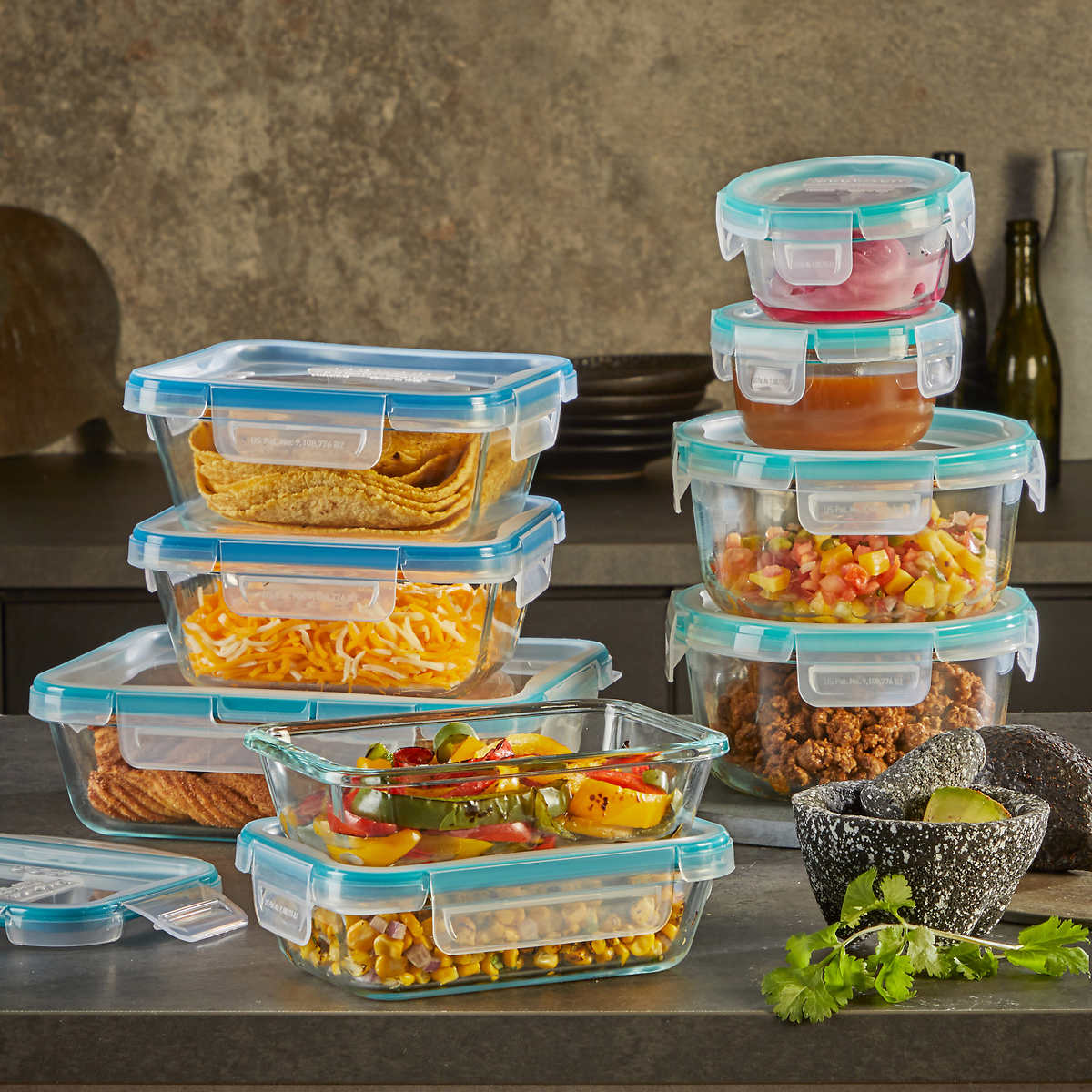You’ve probably heard about the term “meal prepping” a lot. While it is a millennial food trend all over the internet these days, this is not a new concept and has been around for several decades. Meal prep (short for preparation) is a strategic method initially used in the cooking industry and was first created to increase restaurant kitchens’ productivity. In this era, meal prep is considered an appealing and beneficial form of consumption in self-improvement, economy, and health.
But what is exactly meal prepping? It consists of making different food preparations (also with leftovers) at one time, so they are ready when you need to have breakfast, lunches, or dinners. You can easily grab them for work or have them at home and can quickly heat the meals in the microwave.
While this technique is known as a clean-eating and money-saving tip, you can also save the planet with it! Yes, you’ve read right! Let’s see together how we can be sustainable with meal prepping.
No More Leftovers

The act of eliminating leftovers is probably the major part of meal prepping that is Eco-friendly. Many people do not realize the number of portions that go to waste. In fact, one-third of the food produced worldwide is wasted, which makes approximately 1.3 billion tonnes of food. Generally, in numerous homes, if there are leftovers from the previous night, this food would end up in the garbage.
One might think that the food will be biodegradable, so there’s nothing to worry about. However, many landfills are low in oxygen, and organic materials need this gas to decompose properly. Otherwise, while decaying, they will produce methane, a greenhouse gas that contributes to climate change. Hence, there will be no more leftovers with meal prepping as you’ll cook the right amount of food for a specific number of days.
-
Create New Meals

Another way to avoid sending leftovers to landfills is to give them a new purpose or create other meals. For instance, if some veggies are left, use them for cooking a vegetable stock and trying other recipes with it.
-
Use Scraps
When peeling vegetables, many are those you throw away the skin. Yet, you can use the skin of veggies like potatoes and carrots to create savory chips.
Food Tracking

To succeed at meal prepping, you have to start meal planning that will allow you to know exactly what to buy when you go to the grocery store. While this will stop you from spending money unnecessarily on food that will probably go to waste, you’ll also keep track of every food you bought. Your vegetables and fruits will not stay in the fridge until they rot or become too mushy to eat, hence reducing your waste level.
Glass Over Plastic

While every environmentalist recommends that you reduce your plastic consumption to become more sustainable, this task may seem daunting at first. However, meal prepping can be of great help here! You can stop purchasing plastic containers that will be thrown away after one use. Instead, you can invest in glass for food storage solutions, which are better choices for sustainability.
Less Fast Food

Takeout and fast food do very little in terms of sustainability and in fact, encourage more waste. In 2013, Statistic Brain stated that fast food restaurants generate about 32 billion pounds of food waste in America alone. Therefore, when you prepare your meals before, you have everything ready when you don’t feel like cooking. While you would usually be tempted to eat outside on these days, you can be more sustainable with meal prepping and just heat your home cooked food.
While meal prepping is a great way to start your sustainable lifestyle, it also comes with various benefits. Did you recently give meal prep a try? Let us know in the comments below how you’ve found it so far.
